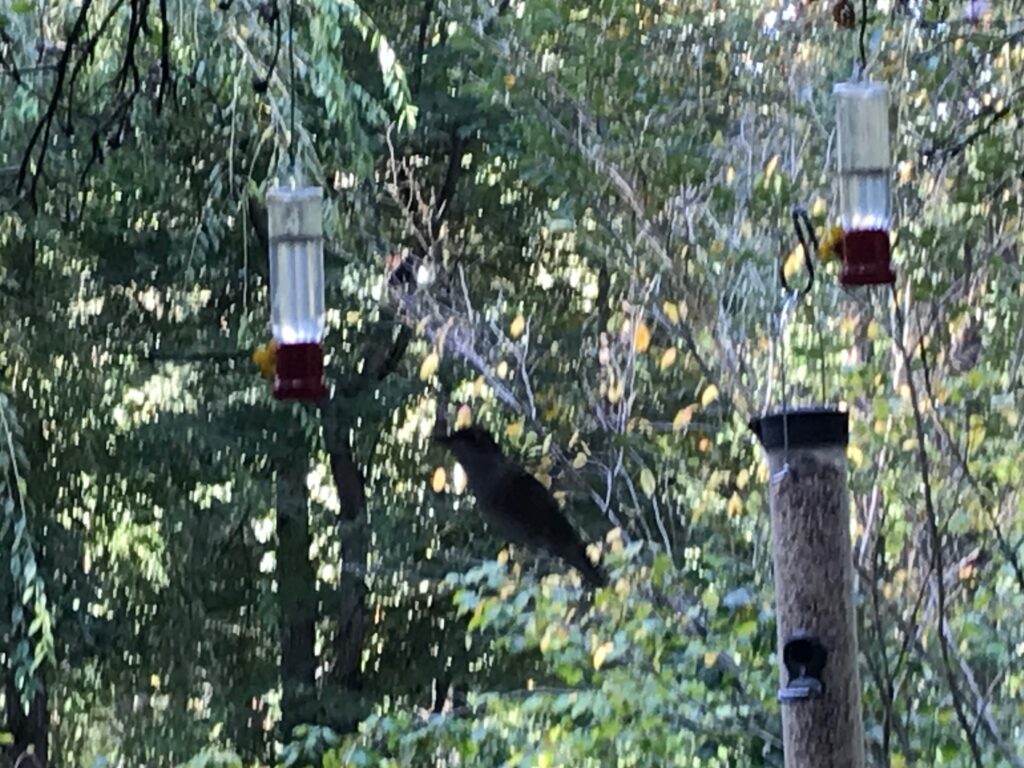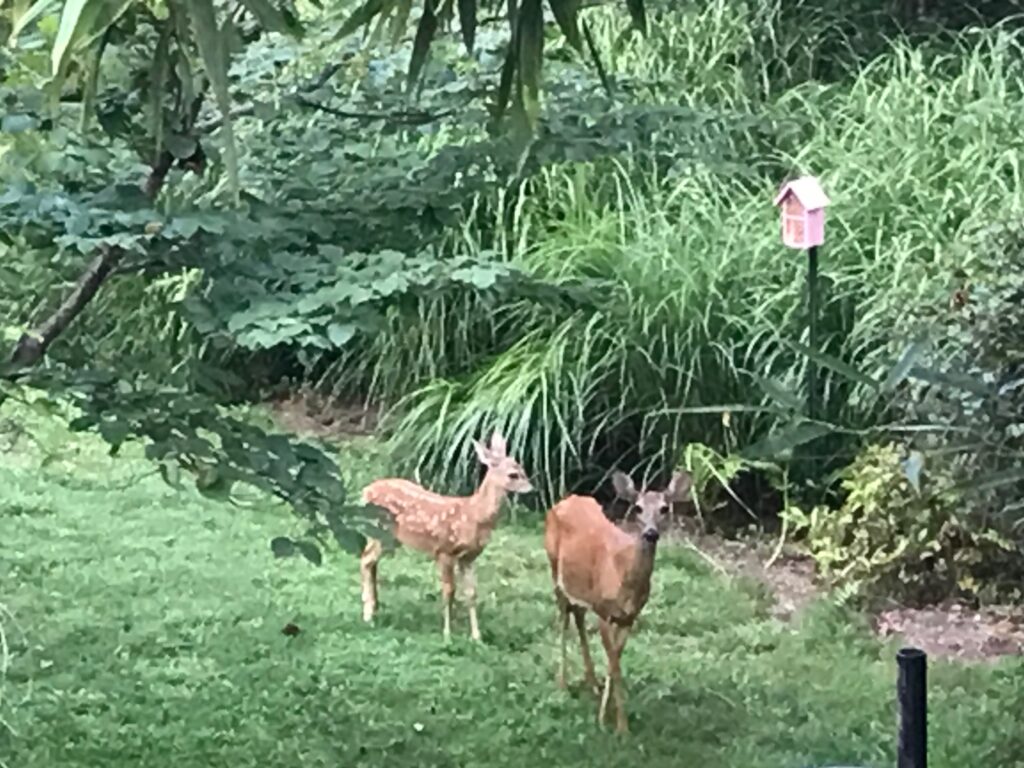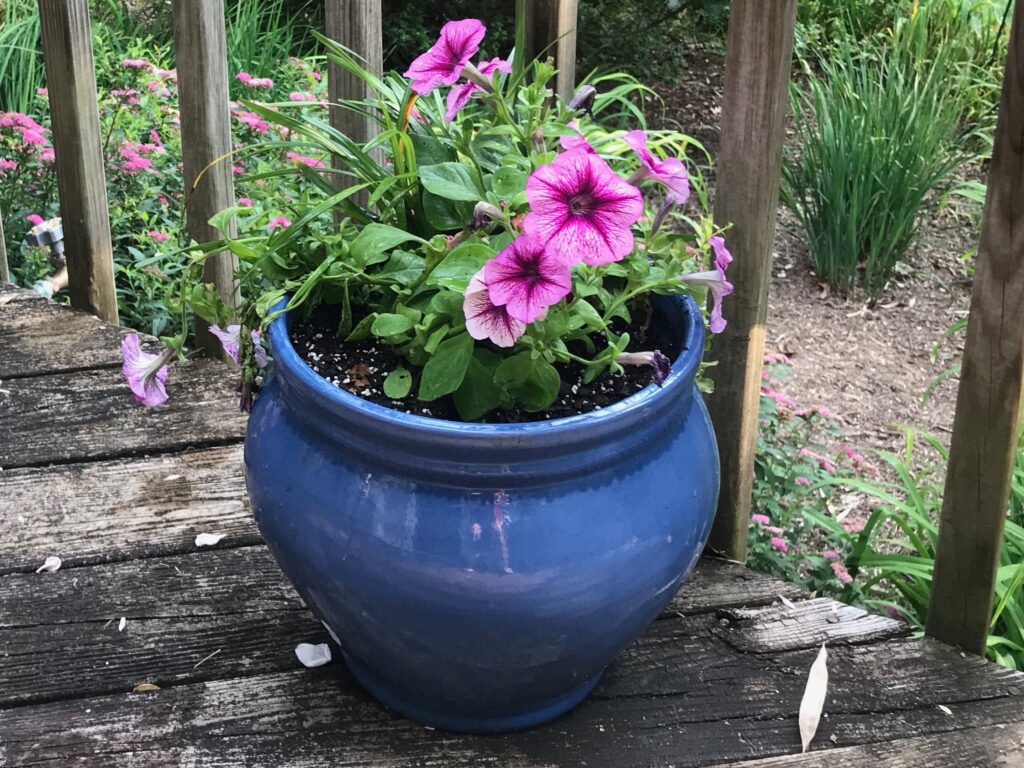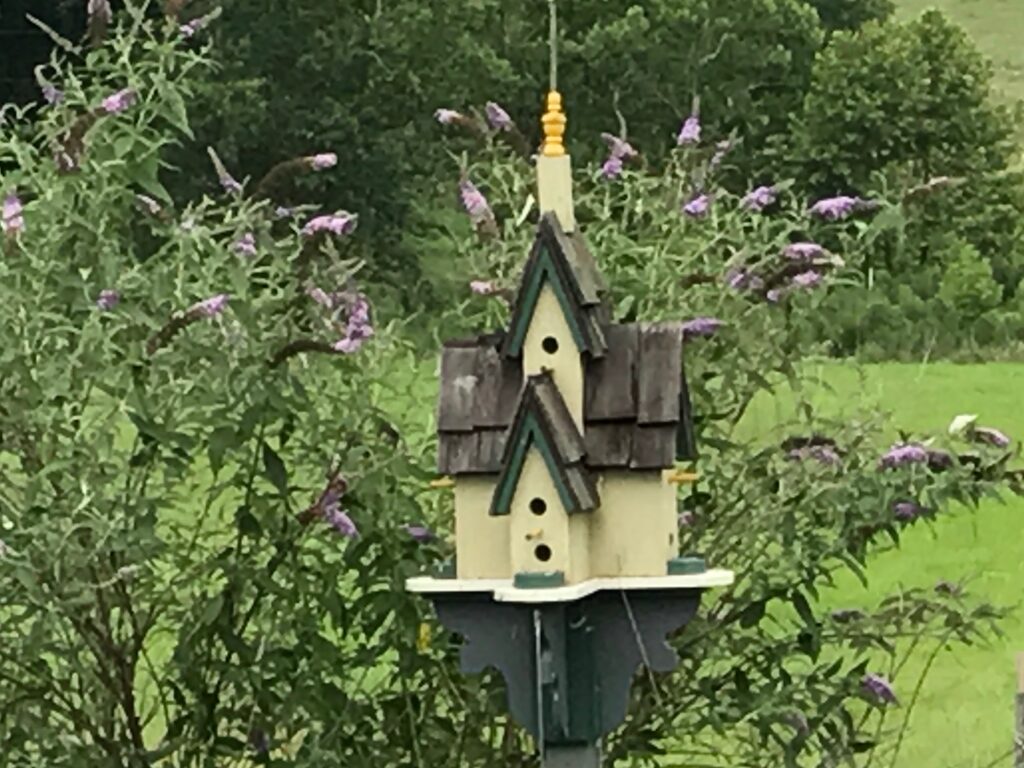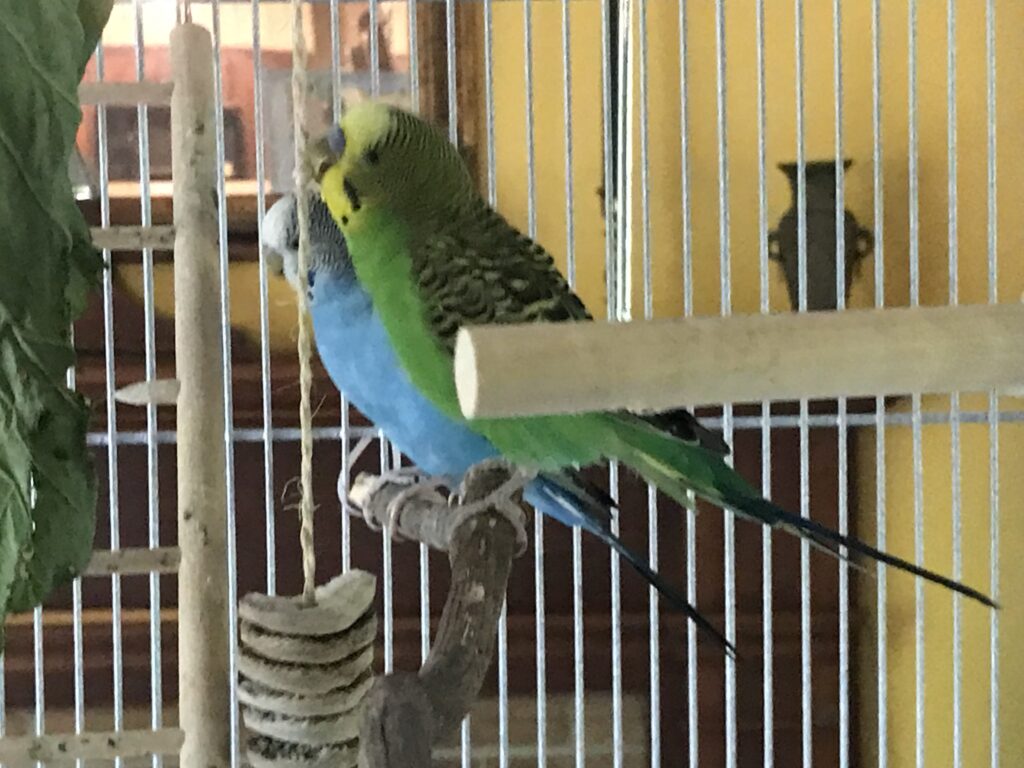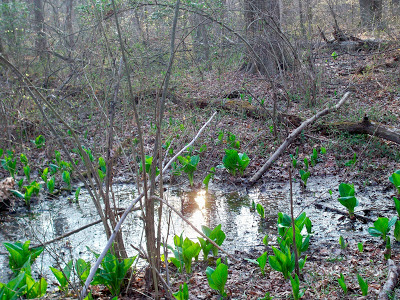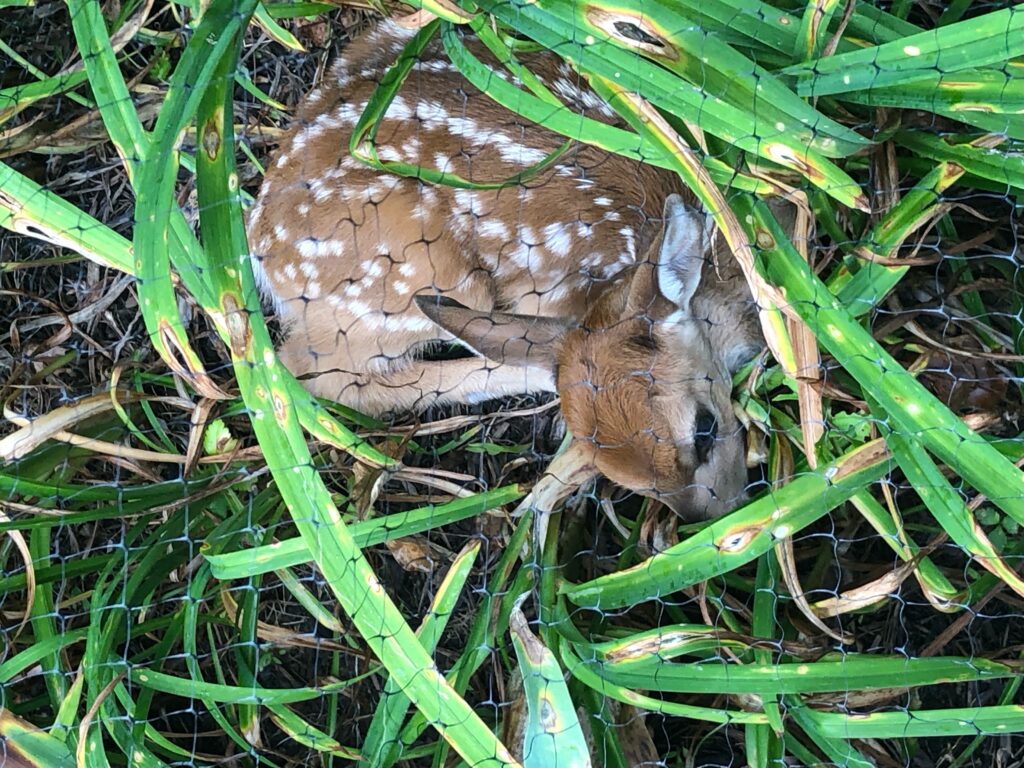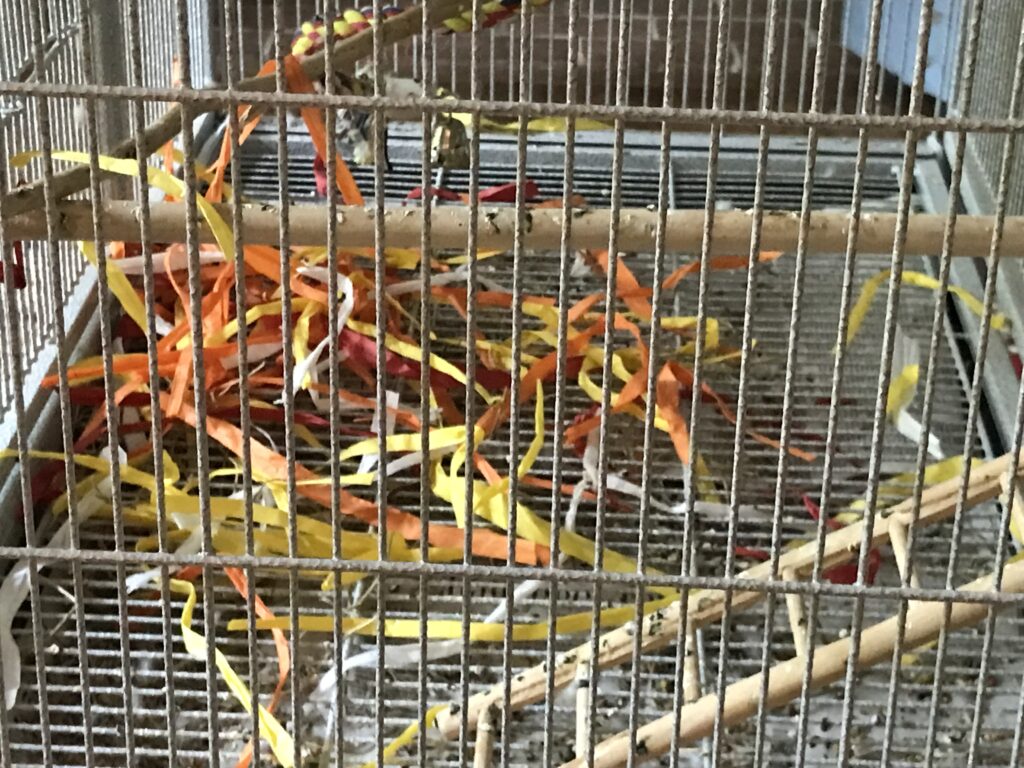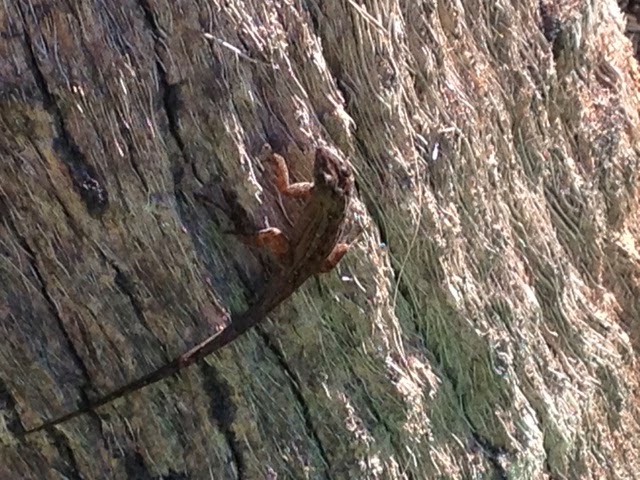Two Eminent Beings
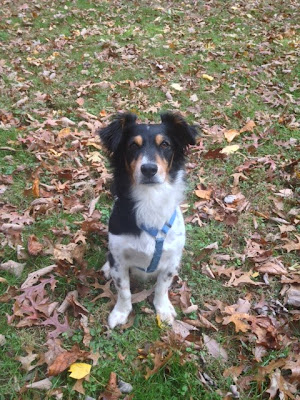
Today we celebrate the birthdays of two eminent beings: Ludwig von Beethoven and Copper the dog. One of them the classical composer whose works revolutionized western music … and the other a mixed-breed canine.
How dare I compare these two? First of all, I love them both. Beethoven is not my favorite composer but he’s definitely in my top ten. His music will be blaring from the radio today, and I will be listening. Copper, though gone almost three years, will always be precious, a dog who filled our lives with joy.
But there are similarities beyond these. Beethoven’s music is powerful; it shakes its fist at fate. Copper was powerful, too. A dog who didn’t know how to stop barking or begging or running away. Isolate the traits that made these similarities possible and I see a mutt of unrealized greatness.
By all reports Beethoven was cantankerous. Copper was, too. While we celebrate Beethoven’s birthday on December 16, we only surmise he was born on this day in 1770 based on his baptismal record. Neither do we know Copper’s date of birth. We celebrated it on the day we acquired him, 12/16/2006.
Beethoven blazed new trails in music, moving us from the Classic into the Romantic period. Copper blazed new trails in the woods. And then there’s the most notable similarity: both Beethoven and Copper went deaf in later years.
Copper did not leave behind some of the most sublime music ever composed. But he did leave memories. I’ll be savoring those today.
